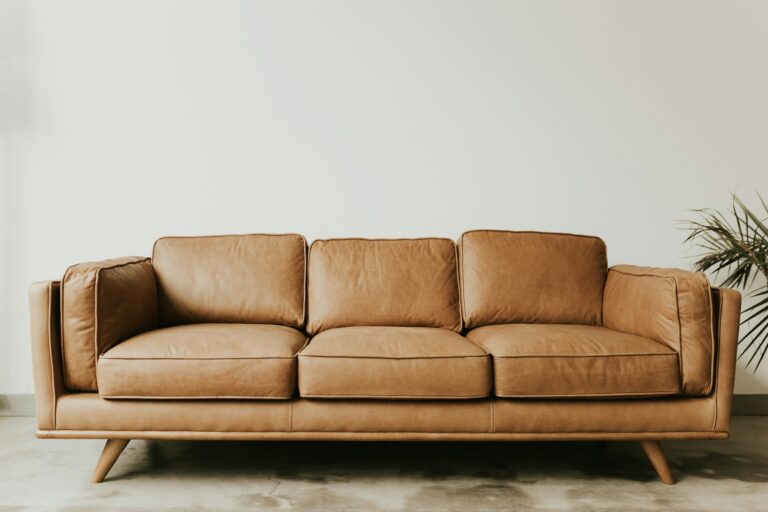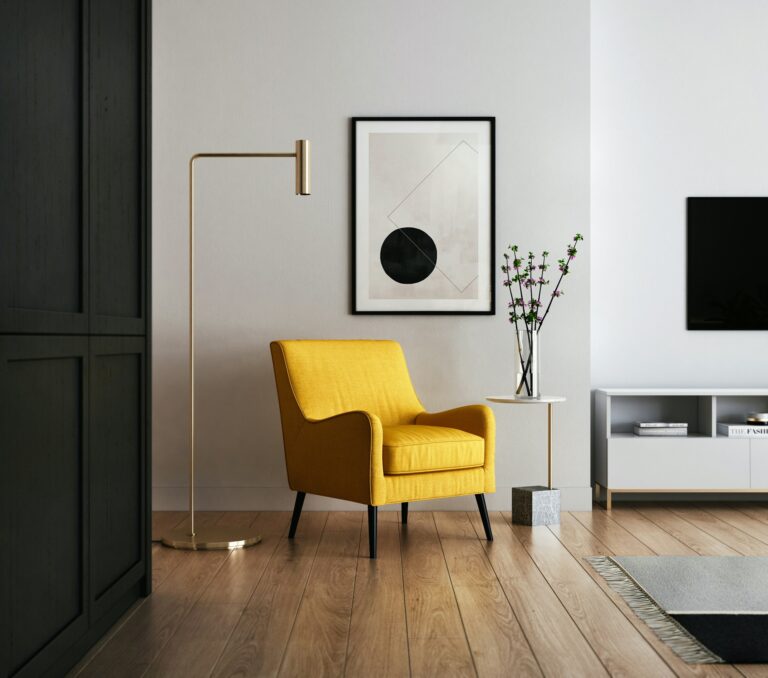The Ultimate Guide to Choosing the Perfect Sofa for Your Living Room
When it comes to designing your living room, the sofa is often the focal point. It’s where you’ll entertain guests, relax after a long day, and gather with family and friends. Choosing the right sofa, however, can be a daunting task—there are so many styles, sizes, fabrics, and features to consider. How do you ensure that your sofa not only fits your style but also serves your practical needs?
In this ultimate guide, we’ll walk you through the process of selecting the perfect sofa for your living room. Whether you’re looking for something sleek and modern or a cozy, traditional piece, these tips will help you make an informed decision that enhances both the comfort and style of your home.
1. Know Your Space
Before you start browsing sofas, take the time to measure your living room and understand the space where the sofa will go. A sofa that’s too large for a room can overwhelm the space and make it feel cramped, while a sofa that’s too small can look out of place.
Key Tips:
- Measure the width, length, and height of the area where you plan to place the sofa. Be sure to account for other furniture pieces, like coffee tables, side tables, and TV stands.
- Leave enough space for easy movement around the sofa. Ideally, there should be at least 18 inches of clearance between the sofa and other pieces of furniture.
- Consider the layout of the room. If you plan to have multiple seating areas, a sectional sofa or modular seating might be a good fit.
2. Choose the Right Style
Sofas come in a variety of styles, each suited to different interior design preferences. Whether you prefer a more traditional, formal look or a casual, laid-back vibe, the style of your sofa will set the tone for your entire living room.
- Modern and Contemporary: Clean lines, low profiles, and minimalistic designs characterize modern sofas. Look for sleek metal or wooden legs, neutral fabrics, and geometric shapes.
- Traditional: If you prefer a more classic feel, opt for a button-tufted or rolled-arm sofa with elegant details like fringe, scroll arms, or rich wood accents.
- Mid-Century Modern: This style combines simple, functional shapes with a touch of retro charm. Expect tapered wooden legs, neutral upholstery, and a focus on comfort and form.
- Transitional: If you want something that balances traditional and modern, a transitional sofa might be ideal. These pieces typically feature streamlined shapes with a mix of modern and classic design elements.
3. Consider the Fabric
The fabric of your sofa plays a significant role in both its appearance and functionality. The right fabric not only enhances the aesthetic of the room but also impacts the durability and comfort of the piece.
Popular Fabric Options:
- Leather: Durable, timeless, and easy to clean, leather is a great choice for those who want a sophisticated, low-maintenance sofa. It ages beautifully, developing a patina over time.
- Fabric Upholstery: Available in a wide range of colors, textures, and patterns, fabric sofas are versatile and can suit any style. Opt for performance fabrics like linen, wool, or cotton blends for added durability.
- Velvet: If you’re looking for a luxurious touch, velvet sofas are soft, elegant, and add a pop of color to any room. Just be mindful of cleaning requirements as velvet can be more challenging to maintain.
- Microfiber: A popular choice for families and pet owners, microfiber is stain-resistant, soft, and easy to clean, making it an excellent option for high-traffic areas.
Tip: If you have young children or pets, consider choosing a fabric that’s durable and easy to clean. Performance fabrics or leather can be ideal for this.
4. Think About Comfort
Comfort is paramount when choosing a sofa—it’s where you’ll spend most of your time, so it needs to feel just right. When testing sofas, don’t just focus on how it looks. Sit on it, lie down, and really get a sense of its comfort level.
- Cushion Type: Sofas come with a variety of cushion fillings, including foam, down feathers, and fiberfill. Foam cushions are firm and supportive, while down-filled cushions provide a softer, more plush feel. A mix of foam and down is often the best choice for a balance of comfort and durability.
- Seat Depth: The depth of the seat is also an important consideration. If you’re taller or prefer lounging, a deeper seat might be more comfortable. On the other hand, if you’re shorter or prefer sitting upright, a shallower seat is a better option.
- Back Support: A sofa with good back support is essential for both comfort and posture. Look for a sofa with supportive, medium-to-high backs for optimal comfort.
5. Choose the Right Size
Once you know your space and style preferences, it’s time to think about the size of your sofa. The size of your sofa should fit comfortably within the room without overwhelming the space or making it feel too crowded.
- Standard Sofas: A traditional sofa typically ranges from 72 to 88 inches in length. These are perfect for smaller to medium-sized rooms and typically seat three people comfortably.
- Sectional Sofas: If you have a larger living room or need additional seating, a sectional sofa is an excellent option. Sectionals come in various sizes, from L-shaped to U-shaped designs, allowing you to customize the seating arrangement based on your room’s layout.
- Sofa Beds: If you frequently host guests or have limited space, a sofa bed or pull-out sofa can be a practical option. It combines seating and sleeping arrangements in one piece of furniture, offering versatility for smaller spaces.
6. Evaluate Quality and Durability
Investing in a high-quality sofa is key to ensuring long-term comfort and durability. A well-made sofa should last for years without losing its shape or comfort.
What to Look for in Quality Construction:
- Frame: Look for a solid, hardwood frame, such as oak or maple, for durability. Avoid particleboard or softwood frames, as they are more prone to wear and tear.
- Joinery: The joints of the sofa should be reinforced with screws or dowels, not just glue or nails. This ensures that the frame is sturdy and can withstand everyday use.
- Springs and Cushions: High-quality sofas often feature eight-way hand-tied springs, which provide better support and help the cushions retain their shape over time.
Tip: While investing in quality may cost more upfront, it will save you money in the long run. High-quality sofas can last for decades, while cheaper models may need to be replaced more frequently.
7. Don’t Forget the Style of Your Other Furniture
The sofa will be the focal point of your living room, but it’s important to consider how it fits with the rest of your furniture. Complement your sofa with accent chairs, coffee tables, and side tables that enhance the overall design.
- Coordinate with Existing Pieces: If you already have a wooden coffee table or vintage side tables, choose a sofa that complements these pieces in style and material. You don’t have to match everything exactly, but try to find balance in the color, texture, and proportions.
- Add Accent Pillows: Throw pillows are an easy and inexpensive way to update your sofa’s look. They can tie together the room’s color scheme or add a pop of contrasting color or pattern.
Final Thoughts
Choosing the perfect sofa is one of the most important decisions in creating a comfortable and stylish living room. By considering factors such as your space, style, comfort, fabric, and durability, you can find a sofa that not only enhances your living room’s aesthetic but also provides lasting comfort and functionality. Whether you choose a sleek modern sofa, a cozy sectional, or a luxurious leather piece, the right sofa will be a timeless addition to your home.



